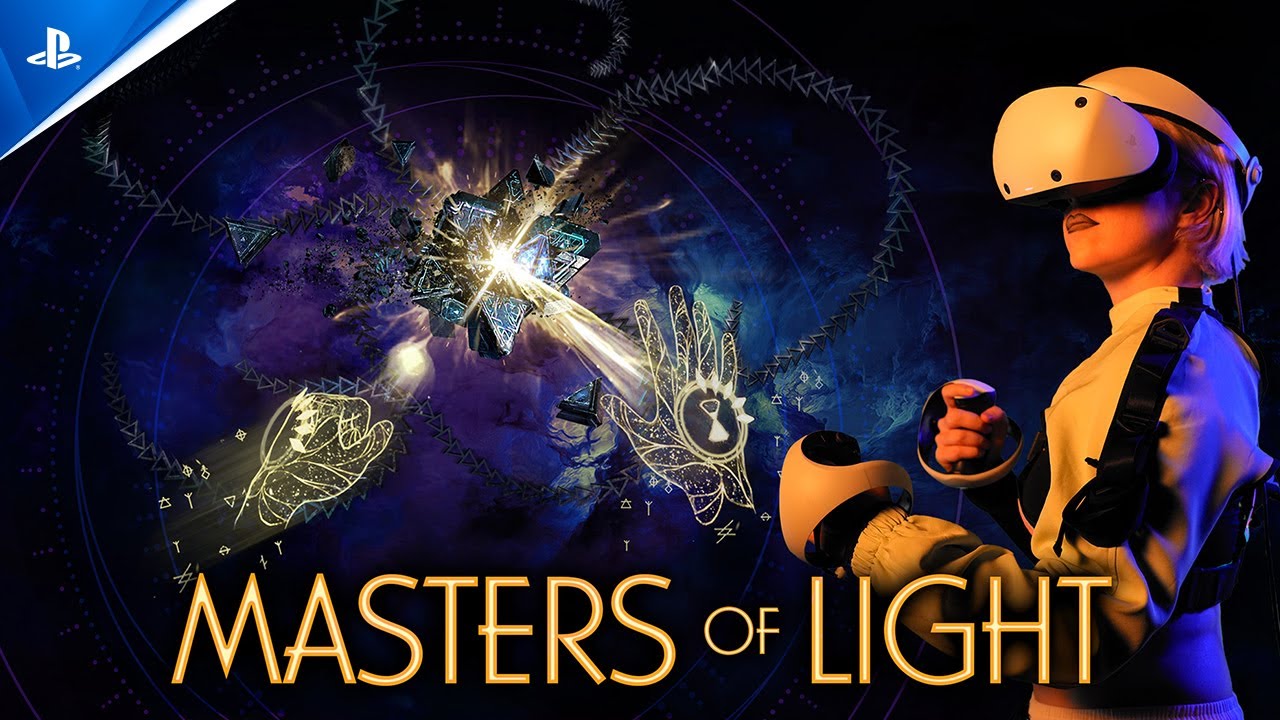I remember when Quantic Dream first introduced us to Kara back in 2012. Originally just a tech demo, the short about an erroneously sentient android begging not to be disassembled was haunting and beautiful. The tech itself was gorgeous and lifelike beyond anything I had seen before, but hearing Kara cry out, “I’m scared!” was what stayed with me years later.
Seeing that idea brought to fruition as Detroit: Become Human is nothing short of stunning. Kara is joined by fellow leads Markus and Connor to weave a moving tale about empathy, choice, and what it actually means to be human. Over the course of the story, the player’s perspective shifts between these three protagonists, each living a different life and trying to figure out its place in the world. The story’s pacing is well thought out, and I never tired of any of these characters as they grappled with the concept of sentience in ways that could spell out life or death at any moment.
And there are oh so many ways it can spell out death. Plenty of narrative adventure games argue that the choices made in the game matter, but I’ve never seen that play out in so many ways as Detroit. About a week after the game was released, I huddled together with a handful of coworkers who had all finished their first playthrough, and I was shocked to learn of the wildly different conclusions we had all reached. Some of us got a character killed, some made choices that benefitted androids and others sided with humans. Most importantly, not one of us felt dissatisfied with the ending we had reached. This would be a praise-worthy accomplishment for any game with branching narrative, and it is doubly so here considering the baffling number of ways the story can diverge in Detroit.
In an interesting touch, you’re regularly faced with the enormity of ways the story can change throughout the game, as each chapter presents you with a decision flowchart that lays out the path you struck, and the tendrils and branches of opportunities you’ve missed.
Making a game that lends itself to so much replayability also means that Quantic Dream needed a cast of characters worth going back for again and again. While my empathy for Kara had been building up since 2012, I immediately connected with Markus’ unflaggingly hopeful vision in the face of intense adversity (that android graveyard scene…whew, boy). What surprised me the most was how much I rallied behind android detective Connor. Of the three leads, he’s the one most determined to stick to his coding and be, well, robotic. Instead, watching his objective and analytical view slowly melt away as he built a relationship with his human partner Hank made the largest impression on me. He was the one android that I refused to play differently across my playthroughs because I just couldn’t stand the thought of him staying devoid of life.
Narrative aside, the way that Quantic Dream brought these characters to life is a technical marvel. This game is so dang pretty, from its gleaming environments to its almost impossibly lifelike motion capture. I don’t think I’ve ever paused a game so many times just to say “Look at their pores!” at much as I have with Detroit. Even if you only play through Detroit once, it’s worth it to see state-of-the-art motion capture at its finest.
Detroit: Become Human treads some familiar narrative ground within the sci-fi genre, but its follow through on giving the player ample, meaningful choice and its impressive technical display makes it one of the brightest gaming highlights of 2018.

![Donkey Kong – A famous 80’s game has just got a rather awesome Arcade to ZX Spectrum AY conversion [UPDATE]](https://gamerfridge.com/wp-content/uploads/2025/03/donkey-kong-a-famous-80s-game-ha-150x150.jpg)









